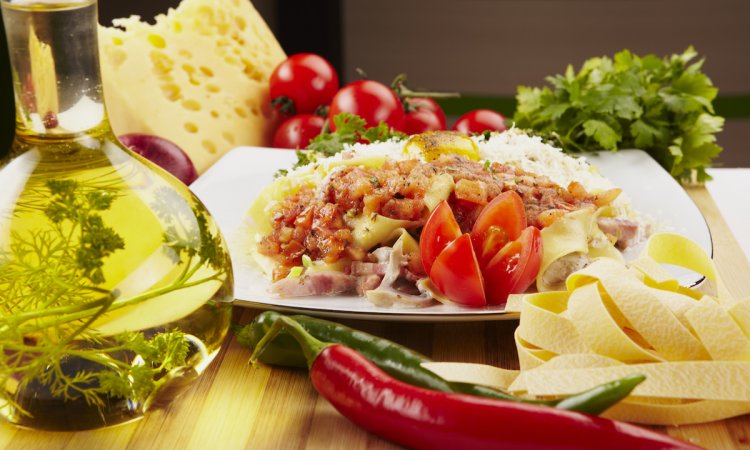
Italy has evolved a tremendously rich and diverse food and culture that spans dozens of diverse regions and thousands of years. Locavores before the word existed, Italians are committed to the best products from the regions best suited for their production. Over the years this has given rise to a variety of Italian traditions that have become pillars of Italy food culture.
We’ll take a quick look at regional & seasonal eating, and then introduce you to Italian food festivals, which combine the best of both worlds.
The Queen of Pizza
In Naples you find the home of one of the most quintessential of pizzas — the Pizza Margherita. This world-famous pizza is traditionally made with San Marzano tomatoes, mozzarella fior di latte, fresh basil, salt and extra-virgin olive oil.
Pizza Margherita has existed in Naples since the 18th Century. Pizza was popular as an inexpensive street food on the poorer side of Naples. It wasn’t until 1889 though, that it got its famous name. According to legend this was the year the Italian queen Margherita of Savoy sampled a very basic pizza and enjoyed it so much she custom ordered a similar dish from chef Rafaelle Esposito.
The chef attempted to elevate the basic dish by incorporating the best local ingredients, patriotically choosing them to represent the red (tomatoes), green (fresh basil), and white (mozzarella) of the Italian flag. It soon became Queen Margherita’s favorite food, and has ever since been known under the name of the pizza-loving royal.
Is it in season?
Italian culture has an intensely seasonal approach to cuisine, which is good to keep in mind when you’re visiting. Availability of fresh vegetables and a variety of produce will depend on the time of the year.
In spring you’ll want to look towards varieties of light fruits and vegetables. You may order such favorites as fava beans (fave), artichokes (carciofi), zucchini flowers (fiori di zucca), spring peas (piselli), leeks (porri), lemons (limoni), strawberries (fragole), and cherries (ciliegie).
Summer brings different fare such as cucumbers (cetrioli), eggplant (melanzane), cantaloupe/melon (melone), peppers (peperoni), zucchini (zucchine), basil (basilico), tomatoes (pomodori), peas (piselli), peaches (pesche), plums (susine), and figs (fichi).
In the colder months you find heavier fare such as fennel (finocchio), spinach (spinaci), mushrooms (funghi), truffles (tartufi), pumpkin (zucca), chestnuts (castagne), prunes (prugne), grapes (uva), porcini mushrooms (porcini) and apples (mele).
Italian culinary festivals
It’s good to do a spot of research in the areas you’re visiting to see if there are any local food festivals happening during your trip. Unlike holiday food, which is generally served in the home, festivals are a community event and much easier to participate in as a traveller.
Festivals are usually open-air affairs, with a variety of food stalls serving specific regional favorites that may be difficult to discover elsewhere.
A complete list of food festivals in Italy could fill an entire book. There’s something for everyone — from the Artichoke Festival in Ladispoli to the Olive Festival in Umbria to Turin’s more decadent luxury chocolate festival, Cioccolato. There are Italian customs for every flavor, so be sure to look up the region’s specialities to enjoy some of Italy’s best bites.


